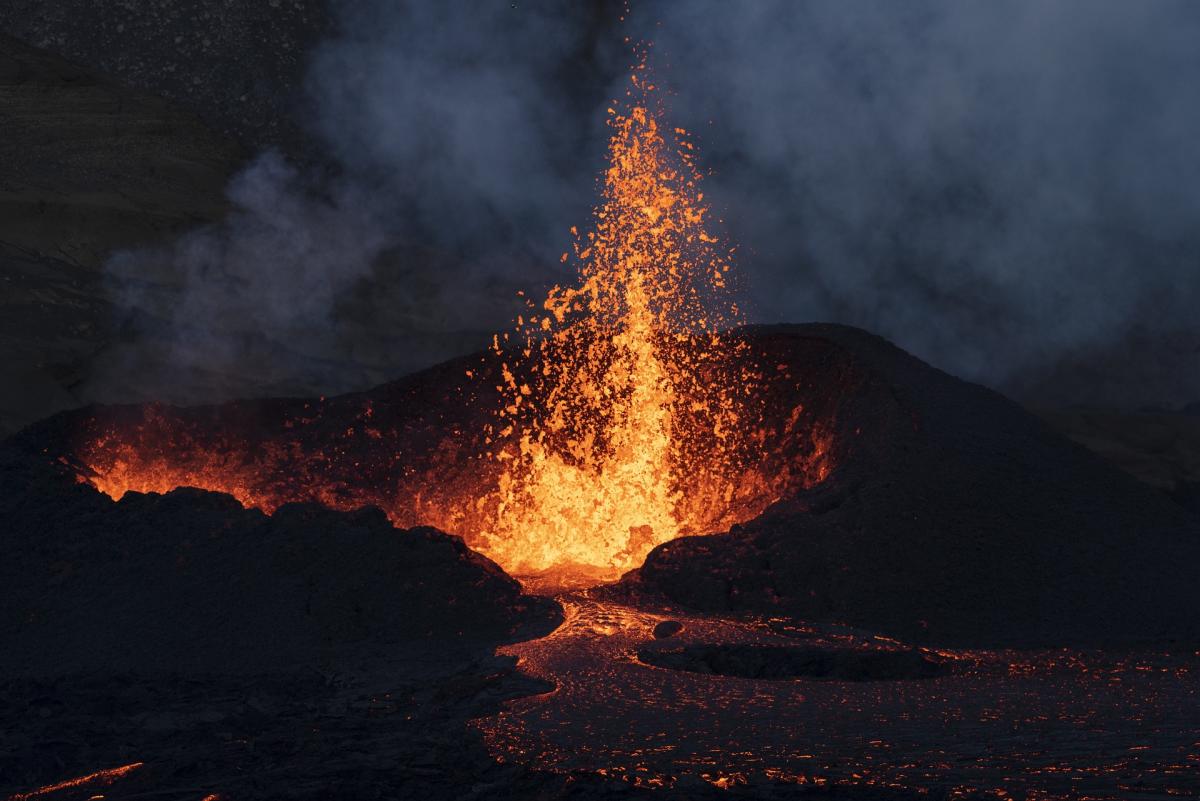
Students will use published scientific data and current evidence to identify the phenomenon known an urban heat island effect. Students will first analyze temperature data as well as land-use data

Students will use published scientific data and current evidence to identify the phenomenon known an urban heat island effect. Students will first analyze temperature data as well as land-use data

Students will continue from their research and start an investigation to help with their solution. They will first learn about compost and what it does. They will then develop and investigation and

This lesson plan explores the science of natural disasters such as hurricanes, tornadoes, earthquakes, and volcanoes, and hurricanes. It is a lesson that would help enhance student's vocabulary and

Methane emissions are far more potent then CO2 emissions in the short-run in the atmosphere yet this is rarely covered in the media. Students will create a multi-media public service campaign to cover

In this lesson, students will build on what they understand about heat/energy transfer to research, design, and construct solar cookers.


Hot Air Ballooning in Arizona is a two day science and engineering lesson. Students explore how to create a model hot air balloon and talk about the science behind it. This lesson compliments the

Students will take the rover models they built using LEGOs in Design a Rover Part 1. They will improve on their design in Tinkercad and build a model that will be printed utilizing a 3D printer. Their

After exploring recycling by reading "What a Waste" by Jess French and watching a video of Kenyan flip flop recycling project, students will gather recyclable materials from home and school to design